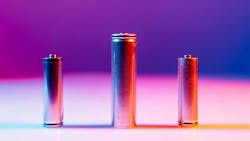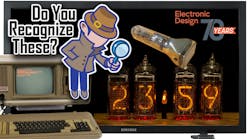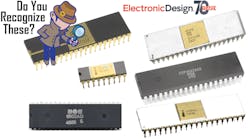Quiz: The Basics of Lithium-Ion Battery Behavior
Lithium-ion (Li-ion) batteries are used extensively due to their high energy density, low self-discharge, high cell voltage, and long cycle life. While there are many different types of Li-ion batteries, they all work by transferring lithium ions between the anode and cathode through an electrolyte, generating an electric current in the process. Their capacity and longevity depend on everything from chemistry, materials, and packaging to operating conditions and several other factors such as temperature and age.
But maximizing the runtime and lifetime of the battery requires accurately measuring what is happening inside the cell and careful management of the charging and discharging cycles. This quiz covers the fundamentals of how Li-ion batteries work. After each question, you will find a short explanation of the correct answer, along with links to related articles on battery test and measurement. Good luck, and be sure to check out the links below to test your knowledge on other topics.
Test Your Knowledge With More Quizzes
About the Author
James Morra
Senior Editor
James Morra is the senior editor for Electronic Design, covering the semiconductor industry and new technology trends, with a focus on power electronics and power management. He also reports on the business behind electrical engineering, including the electronics supply chain. He joined Electronic Design in 2015 and is based in Chicago, Illinois.





